
The National Nordic Museum is a museum in the Ballard neighborhood of Seattle, Washington, United States, dedicated to the Nordic history, art, culture, and the heritage of the area's Nordic immigrants. It was founded in 1980 as the Nordic Heritage Museum, moved into a permanent, purpose-built facility in 2018 named the Nordic Museum, and was designated as the National Nordic Museum in 2019. The museum serves as a community gathering place and shares Nordic culture by exhibiting art and objects, preserving collections, and providing educational and cultural experiences from Danish, Finnish, Icelandic, Norwegian and Swedish Americans. The geographical region covered by the Museum includes the entire Nordic region.

Norwegian Americans are Americans with ancestral roots in Norway. Norwegian immigrants went to the United States primarily in the latter half of the 19th century and the first few decades of the 20th century. There are more than 4.5 million Norwegian Americans, according to the 2021 U.S. census; most live in the Upper Midwest and on the West Coast of the United States.
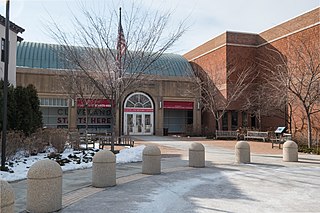
The Western Reserve Historical Society (WRHS) is a historical society in Cleveland, Ohio. The society operates the Cleveland History Center, a collection of museums in University Circle.

Swedish Americans are Americans of Swedish descent. The history of Swedish Americans dates back to the early colonial times, with notable migration waves occurring in the 19th and early 20th centuries and approximately 1.2 million arriving between 1865–1915. These immigrants settled predominantly in the Midwest, particularly in states like Minnesota, Illinois, and Wisconsin, in similarity with other Nordic and Scandinavian Americans. Populations also grew in the Pacific Northwest in the states of Oregon and Washington at the turn of the twentieth century.

The American Swedish Institute (ASI) is a museum and cultural center in the Phillips West neighborhood of Minneapolis, Minnesota, United States. The organization is dedicated to the preservation and study of the historic role Sweden and Swedish Americans have played in US culture and history. The museum complex includes the Swan Turnblad Mansion, completed in 1908, and the adjoining Nelson Cultural Center, completed in 2012.
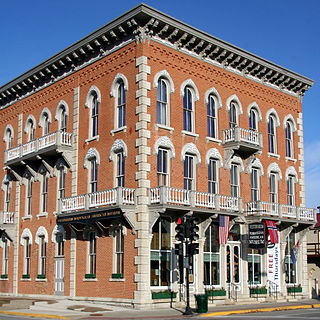
Vesterheim Norwegian-American Museum in Decorah, Iowa is the National Norwegian-American Museum and Folk Art School, with over 33,000 artifacts, 12 historic buildings, and a library and archives. This treasure showcases one of the most extensive collection of Norwegian-American artifacts in the world and highlights the best in historic and contemporary Norwegian folk and fine arts. Some of its buildings are on the National Register of Historic Places.

The NTNU University Museum in Trondheim is one of seven Norwegian university museums with natural and cultural history collections and exhibits. The museum has research and administrative responsibility over archaeology and biology in Central Norway. Additionally, the museum operates comprehensive community outreach programs and has exhibits in wooden buildings in Kalvskinnet.

The Kashubian Cultural Institute & Polish Museum is a cultural and historical museum, founded in 1979 to preserve the Polish and Kashubian heritage of Winona, Minnesota. Known locally as the Polish Museum, it is housed in a lumber yard office built by the Laird-Norton Lumber Company in 1890, located at 102 Liberty Street in Winona, Minnesota, United States. The museum was formerly known as the Polish Cultural Institute and Museum, but has since updated its name to expand upon the highlights of the Kashubian culture within Winona.

Hennepin History Museum is a museum dedicated to the history, people, and communities of Hennepin County, Minnesota, United States. The museum provides in-house exhibits, history-themed programming, and social events throughout the year.

The Kandiyohi County Historical Society (KCHS) is a local history museum in Willmar, Minnesota, United States. Formerly known as the Old Settlers Association, it was founded in 1897 to "discover, preserve and share the story of Kandiyohi County and its people." The archives and Lawson research library are the principal sources used by KCHS staff, volunteers, and visitors to carry out this mission today and into the future. On average, the museum has 9,000 visitors annually.
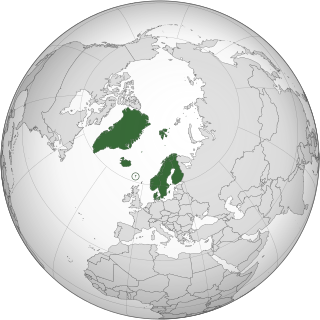
Nordic immigration to North America encompasses the movement of people from the Nordic countries of Sweden, Denmark, Norway, Iceland, and Finland to the North America, mainly the United States and Canada, from the 17th to the 20th centuries. These immigrants were drawn to the New World by factors ranging from economic opportunities to religious freedom and challenges in their native lands. Their legacy has significantly shaped the cultural, social, and economic landscape of the Americas.
Kosrae State Museum is a museum in Tofol in Kosrae State in the Federated States of Micronesia.

The Brown County Museum has been located in the former New Ulm Post Office building since 1985. The historic building in New Ulm, Minnesota, United States was built in 1909 and was placed on the National Register of Historic Places (NRHP) on April 28, 1970. The building is significant as it reflects local German culture of the founders of New Ulm in1854 and population at the time it was built. The building of German Renaissance design is considered excellently preserved.

Gammelgården Museum of Scandia is an open-air museum in Scandia, Minnesota, United States. It is devoted to Swedish immigration history. The museum's mission is to preserve, present, and promote Swedish immigrant heritage. The museum receives around 5,000 visitors each year.
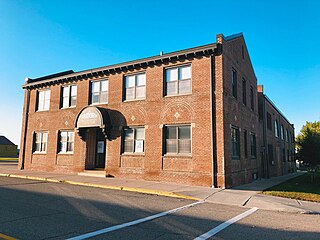
The Nobles County Heritage Center, located in Worthington, Minnesota, is a cultural institution owned and operated by the Nobles County Historical Society, dedicated to preserving and sharing the history of Nobles County. Housed within the historic Worthington Armory, the Center serves as a repository for historical artifacts, documents, and archives.

The Renville County Historical Museum, located in Morton, Minnesota, is dedicated to preserving and showcasing the history of Renville County. The current main museum building was built in built in 1989 and is operated by the Renville County Historical Society, the museum offers visitors a glimpse into the county's past through a collection of artifacts, photographs, and exhibits.

The History Center of Olmsted County (HCOC) is a non-profit organization located in Rochester, Minnesota, dedicated to collecting, preserving, and interpreting the history of Olmsted County. Founded in 1926 as the Olmsted County Historical Society.
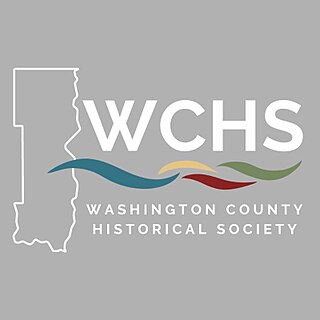
The Washington County Historical Society (WCHS) is a non-profit organization founded in 1934. Its mission is to collect, preserve, and share the history of Washington County, Minnesota.
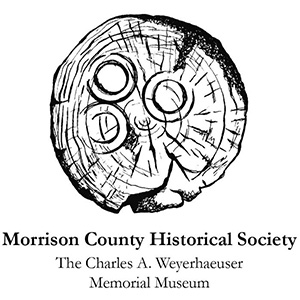
The Charles A. Weyerhaeuser Memorial Museum is located in Little Falls, Minnesota, on the banks of the Mississippi River. Established in 1975, the museum is owned and operated by the Morrison County Historical Society. The building itself was designed in a Greek Revival style to reflect the architectural choices of the county's early settlers.



















